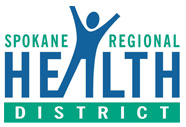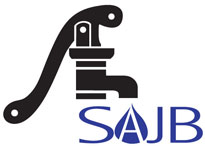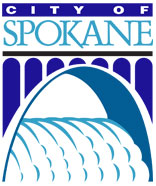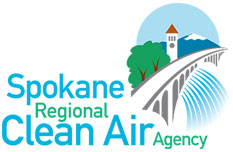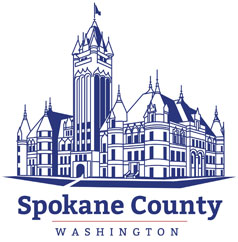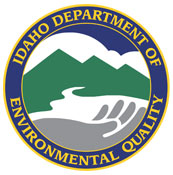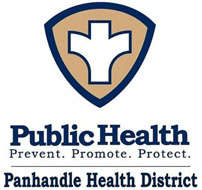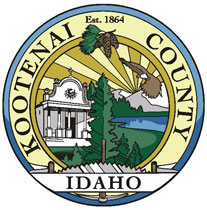Recycle » Residential » Paint » Paint, Lead-Based
Paint, Lead-Based
Household Hazardous Waste – Special Handling Required
Do not place leftover lead-based paint, paint chips, or residue from pressure washing in the curbside trash or recycle bins. Drop off all lead based products, free of charge, at a Transfer Station's Household Hazardous Waste site.
For demolition and repainting projects use caution as lead from paint chips and dust can pose serious health hazards if not handled properly. Lead paint dust from scraping and sanding is a primary cause of lead poisoning. Lead exposure can harm young children and babies even before they are born.
Most housing built before 1978 probably contains some lead-based paint. Homes built prior to 1960 will have even higher concentrations in the paint (as high as 50 percent lead by weight) than those built between 1960 and 1978. Lead-based paint can also be found in playground equipment, offices, schools, hospitals, bridges, water towers, manufacturing plants, cranes and boats. House paint manufactured before 1992 may also contain mercury. To find out for sure, a vendor must test the paint.
Lead-based Paint Removal
Mechanical Operations
Mechanical paint removal operations (such as sanding, scraping, using a needlegun, or blasting) create dust, paint chips, and spent grit. These methods are not recommended for lead-based paint. Hazardous paint chips, dust, and spent grit require a clearance before they can be put in the dumpster or at a municipal landfill. Call your county or city health department for authorization and testing information. (Spokane Regional Health District, 509-324-1500)
Chemical Stripping
Waste from chemical paint stripping should be handled as dangerous waste. Use a licensed waste management company.
Hydroblasting and Pressure Washing
Never discharge water from hydroblasting or pressure washing painted surfaces to the ground, the storm drainage system, ditches, into septic systems, or to local creeks, rivers, or lakes. Never discharge anything other than uncontaminated rainwater into these systems.
You need to collect hydroblasting and pressure washing wastewater and paint chips. When starting your hydroblasting or pressure washing job, start with a test portion first. Set up tarps, booms, sump pumps or other means to collect all the wastewater from the test. Sample the water and have a lab analyze it for total metals. Submit the test results to your local sewer or utility district.
If the test results are within local limits, you may receive a discharge authorization to dispose of the wastewater to the sanitary sewer. The wastewater will need to be collected and separated from the paint chips. See paint chip disposal guidance above.
If the total metal levels are too high for sanitary sewer discharge, the collected wastewater may be treated to meet the limits. Dispose of sludge as dangerous waste. You may prefer to have a licensed waste management company dispose of it.
The Department of Ecology's "Lead in Dangerous Waste" web page
Lead in Paint, Dust, and Soil is a page on lead at the Environmental Protection Agency


